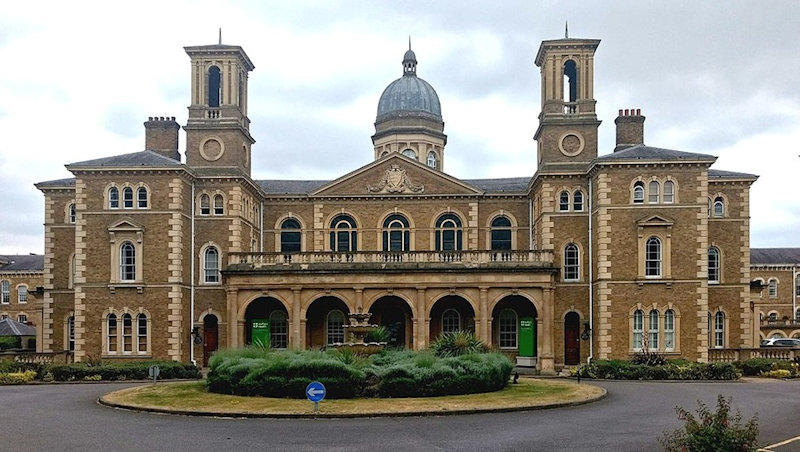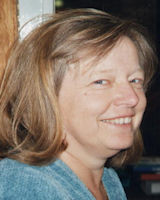 By Maureen Storey
By Maureen Storey
As with most of our new contacts, Stephen Sole found out about the Society from our website. He e-mailed to find out how to join the Society, saying that he was hoping to find out more about his family. The few details he has given us indicate that he is a descendant of William Soal and Ann Tanner, who married by licence at St Alfege, Canterbury, Kent, in 1733. The marriage register states that both William and Ann were from Reculver, Kent, and that is where their eight children were baptised, including Edward who was Stephen’s 6xgt grandfather.
Since there have been few enquiries in the last few months, I’ve had the time to explore some of the more minor databases that appear on the commercial family history websites. Whilst many of these have returned little or no useful information about our Sole (and variant) families, some have proved helpful.
One of the more prolific of these minor indexes was that for the World War II Women’s Land Army Index Cards (on Ancestry), which were featured in a talk given at our AGM by Rosemary Bailey. The information given on the cards is quite sparse, often just the volunteer’s name, address, age, and the dates of when she joined and left, but they are a rare source of information on how young women spent the war. From them we learn, for example, that Thelma Marion Sole, aged 27, of Sawkinge Farm, Stodmarsh, Kent, was working as a housekeeper before she joined in May 1940, that she didn’t mind travelling away from home for her service and that she left the Land Army when she married in 1943. Thelma’s index card gives no details of where she was sent to work, unlike that of Edith Mary Bruce Soul. Before the war, 19-year-old Edith from Bromley, Kent, was doing voluntary work in an animal clinic, Her index card indicates she worked in the Land Army until January 1945, with postings that saw her moving from Norfolk to Kent then on to first Oxfordshire, then Hertfordshire, then Bedfordshire, before finally returning to Hertfordshire.
One of the minor indexes where you might hope not to find any members of your family is that of the UK Lunacy Patients Admission Records 1846-1921 (on Ancestry). It was perhaps a little dismaying when I searched this index that the first record returned for Sole, was that of my 2xgt grandfather Henry Sole, who was sent to Colney Hatch Asylum, Middlesex, from the Hackney Union Workhouse on 22 Dec 1882 and died there on 21 Sep 1883. No details are given of why the patients were admitted to the asylum but some stayed for many years, with the majority staying until they died. For example, John Oliver Sole, who was born in Cambridge in 1877, was admitted to Fulbourn Asylum, Cambridge, on 1 Jul 1910 and died there on 8 Mar 1936. However, some of the patients did recover and returned home to their families, including, for example, Stephen Edward Sole, who was admitted to the Hertfordshire Asylum on 24 Feb 1911 and on discharge on 25 Apr 1911 returned to his family.
Perhaps the most macabre of the minor indexes that I’ve seen so far is the UK Post Mortem Examinations and Case Books 1840-1920 (on Ancestry). These include not only a few identifying details for the individual (name, age, occupation), and the cause and circumstances of death but also the pathologist’s detailed notes on what he found during the post mortem, which don’t make pleasant reading. There is currently only one entry for Sole in the index, that for Bernard Sole, who was only 29 when he died in 1920. It appears that Bernard suffered a brain haemorrhage while travelling on a bus in London. He was unconscious when admitted to hospital, where his condition deteriorated and he died 5 days later.
Our DNA project for the Sole (and variants) families is progressing, albeit rather slowly. We now know of more than 150 people who carry Sole (and variants) DNA who have taken an Ancestry DNA test, but we need many more if we’re going to be able to identify possible connection between families. Most of the testers we know of come from just a few of our families, so we have, for example, 20 testers from our Kelshall Sole family but none from the Ickleton Sooles. We need a much wider spread of examples.


 By Maureen Storey
By Maureen Storey